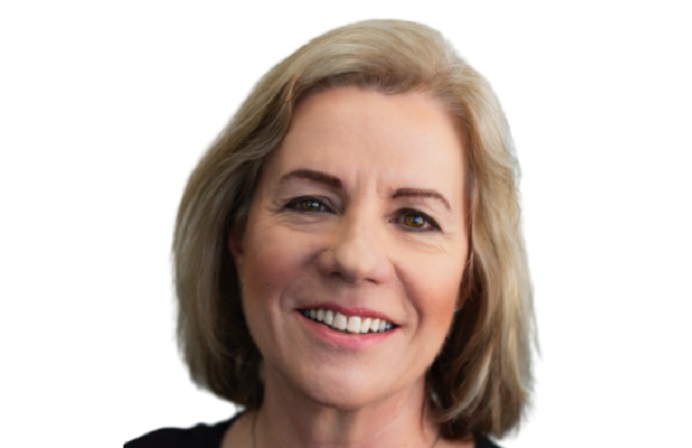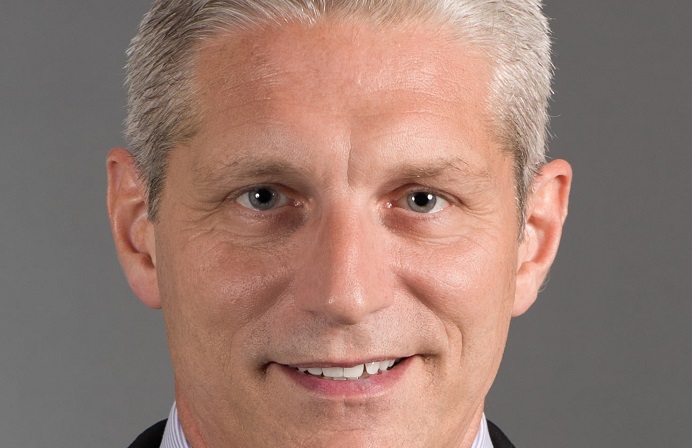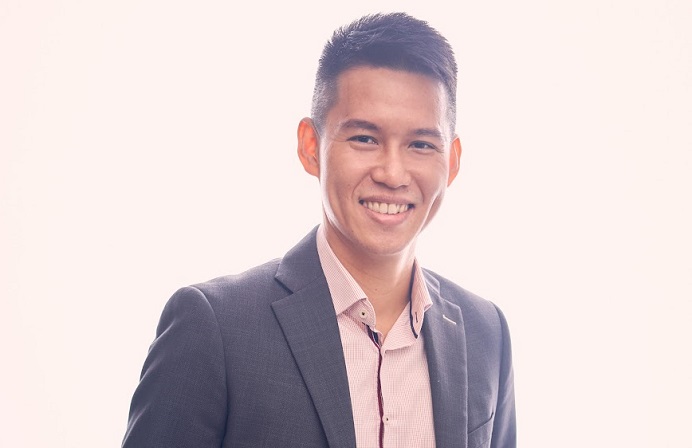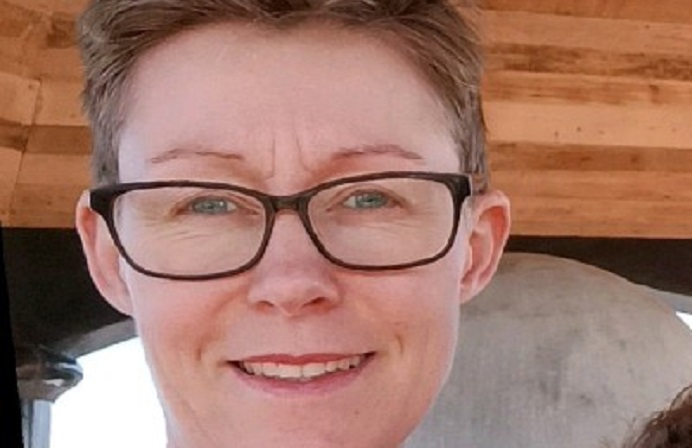
Sainsbury: What are your priorities for the next 12 to 18 months?
Seth: We are on an overall transformation journey for our channels. We are looking at enhancing the value of what the customer derives from each and every interaction that they have with the bank.
We look at five pillars for this journey: simplicity, security, mobility, insight and delight. Simplicity and security are the two core pillars when looking at any banking channel and have been so for a long time. We are going to build on those, but we are also talking about bringing on more mobility, insights and delight. A lot of the services we are planning to introduce are focused on these and we are trying to make them contextual and relevant to the customer.
Sainsbury: What has driven the development of OCBC’s Money Insights product?
Seth: Online or mobile banking have been established as the primary banking channels for most of our customers. This is where they are coming to talk to us now, rather than the branch or the contact centre. And so we are trying to find ways to add value to this interaction. Rather than just offering the fastest and easiest way to pay bills, we are asking ourselves the question: “how do we use this opportunity to create a meaningful experience and add value to the customer?” That is where we started looking at Money Insights.
The inspiration came from our customers. We have been talking to customers and discovered money management is a big chore. We have customers who have been stacking receipts in their wallets and tallying them up at the end of the week or month; we have customers filing paper statements and bill invoices into big folders for consideration at the end of the year.
If you look at app stores, the top apps for finance are always for personal financial management. Customers’ were facing a lot of hurdles in finding these and based on this, we saw a need for personal finance solutions. In one of our focus groups, 32 per cent of people had attempted to use Excel spreadsheets to manage their finances and most had given up after less than a month because it was just too painful.
When we looked at our strategy to add value to customer interactions and looked at customers’ pain points, Money Insights made perfect sense to us because we already have most of the data customers need for personal finances.
Sainsbury: What other opportunities do you see to leverage customer data to enhance engagement?
Seth: If you look how information is being generated and consumed, there is a massive surge in the volume of information being consumed and the number of channels customers are using.
In that context, it is important that we leverage data to offer our customers contextual and personal conversations. If we continue to talk to our customers in the traditional way – as a one-size-fits-all solution and in very broad segments – we will not get their attention.
The biggest opportunity for banks is to customise communication to the customers and that goes for everything, from email messages to ATM screens. There is an opportunity to personalise every interaction the bank has with customers to make it more relevant to them.
Sainsbury: How can banks maintain customer trust while using their data?
Seth: It goes without saying that we cannot compromise privacy. We are going to considerable lengths to ensure the customer is comfortable that all of information not based on their own data is aggregated on a very large base and is therefore anonymous.
If you are using the data to create value propositions for customers and they understand this does not compromise their own data in any way, customers are much more receptive to the value proposition.
Sainsbury: How do you foster a culture of innovation within your team?
Seth: The key thing for us is to create an environment where people are not afraid to speak their mind. We have a lot of brainstorming sessions where just shoot air on what is happening around the world. This is about encouraging a culture where people are not afraid to talk about new things.
On top of that, there are clear rules. We are not about innovation for innovation’s sake; it is always about innovating to add value to the customer. Everyone is aware that although there is an open culture, at the end of the day there is an articulated goal – innovation is about solving customer problems.
We have also started a small innovation lab where we are trying to extend the innovation culture outside of the team. We are reaching out to the whole bank and looking for ideas from everyone across the organisation.
Sainsbury: Which business and technology leaders inspire you and why?
Seth: I like audacious ideas and people who challenge the status quo. I really admire people like Richard Branson, who push the boundaries of technology and human life. I think ideas like consumer trips into space spark the human imagination and will have significant spinoffs into other areas.
Sainsbury: Every leader has a legacy they wish to be remembered for. What is yours?
Seth: How do you leverage technology to make human life more enjoyable and liveable? A lot of the technology out there at the moment is making human life a slave to technology, rather than the other way around. So when I think about what I would like to be remembered for after I retire, it is that I made human life more meaningful by the use of technology.





